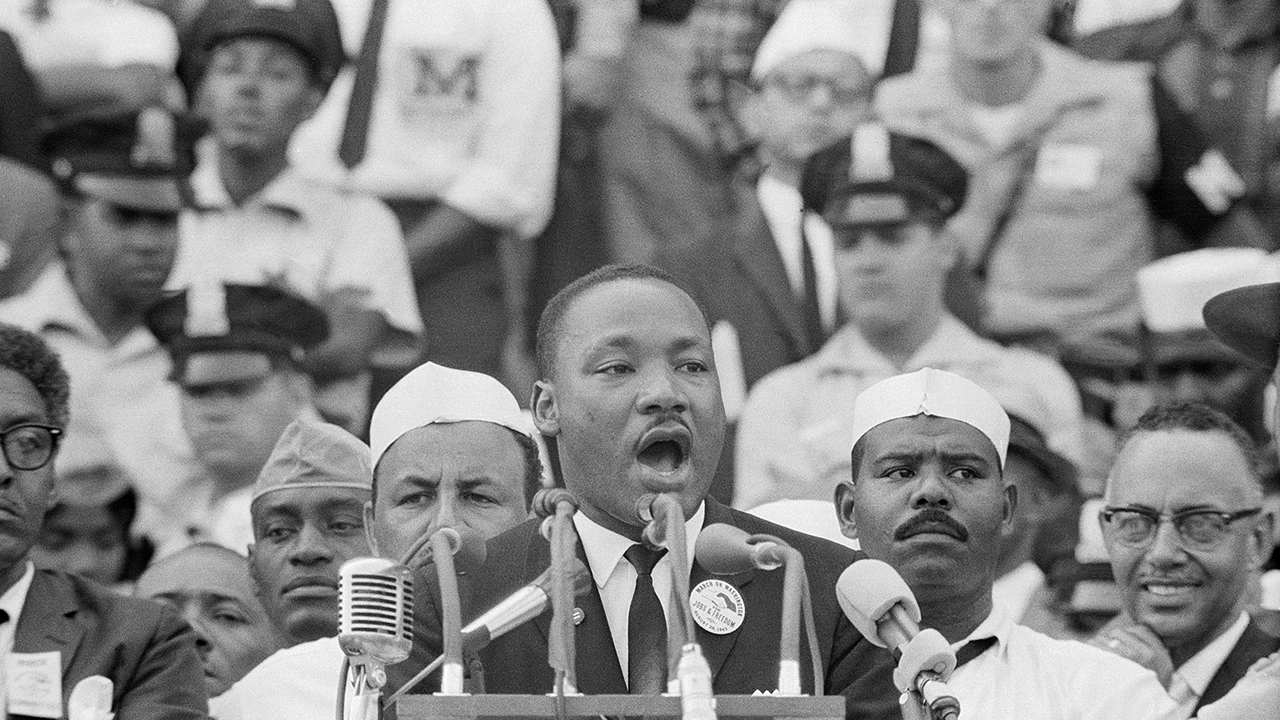Proponents of daylight saving time – which ends at 2 a.m. Sunday – argue that it gives more daylight hours after a workday and decreases energy consumption. But the negatives far outweigh any positives.
It’s time to get rid of daylight saving time once and for all.
Daylight saving time (DST) was first proposed as a way to have longer evenings of light in the summer. At 2 a.m. Sunday most of your smartphones will automatically turn their clocks back an hour, giving you a precious extra hour of sleep. But come March, when DST returns, you will be moving your clocks an hour forward – losing an hour of sleep.
HOW DAYLIGHT SAVING TIME AFFECTS HEALTH
Russia tried switch to DST all year long, but ended up abandoning it in 2014 due to widespread complaints of how dark it was in the morning (and President Vladimir Putin doesn’t cave easily).
More from Opinion
As for the energy-saving believers, think again. A 2017 analysis showed that at the maximum, DST gave a 0.34 percent energy saving, but that number varies greatly depending on time and geographical location.
For example, DST may save some energy in Britain, but actually costs energy in the United States because extra energy is needed on the colder, darker mornings.
Plus, this study tried to show that DST causes an energy-saving, whereas it could have just been a simple case of correlation.
For example, ice cream consumption and drownings both increase in the summer, but eating ice cream doesn’t cause more drownings. It is hot outside, so more people are both eating ice cream and swimming – that is, the weather is the “confounding” factor.
There could be a confounding factor between DST and energy saving.
So now that we have dispelled the potential positives, let’s look at the known negatives.
There is hard evidence that DST is bad for our health, sleep patterns and pocketbooks.
Both the “spring forward” and “fall back” negatively affect our sleeping patterns, taking us up to a week to get used to the new schedule. While you may not notice it, subconsciously for two weeks out of the year your sleep pattern is heavily affected. This has many effects, including unproductive workdays, potential traffic accidents, and just feeling crummy in general.
Many studies have suggested that DST increases your risk of stroke and heart attacks by throwing off your circadian rhythm. The potential risks to your health from DST are endless.
CLICK HERE TO SIGN UP FOR OUR OPINION NEWSLETTER
As for your pocketbook, it is estimated that DST costs the United States $433 million each year. To put that in perspective, that could pay for in-state tuition and fees for 33,000 public college and university students for their entire four-year degrees.
So why do we still keep DST if there are so many negatives and really no positives? Money. While DST is taking money out of your pocketbook, it is lining the deep pockets of the retail, sports and tourism industries.
If we use that extra hour of daylight to go somewhere, we don’t walk, we drive, which is why the Association for Convenience and Fuel Retailing (a lobbying group for convenience stores) pushed to start daylight saving time earlier in the year – to the tune of an additional $1 billion in annual sales since 1986.
CLICK HERE TO GET THE FOX NEWS APP
That was when the organization lobbied successfully to have DST start a month earlier. Golf industry lobbyists, home goods and repairs lobbyists and others have worked hard to keep DST in effect, as they gleefully increase their sales year upon year.
Daylight saving time has also been dubbed “daylight slaving time” and I think that is pretty darn fair. Established in wartime for very specific purposes, it is now an outdated tool that needs to end.









































